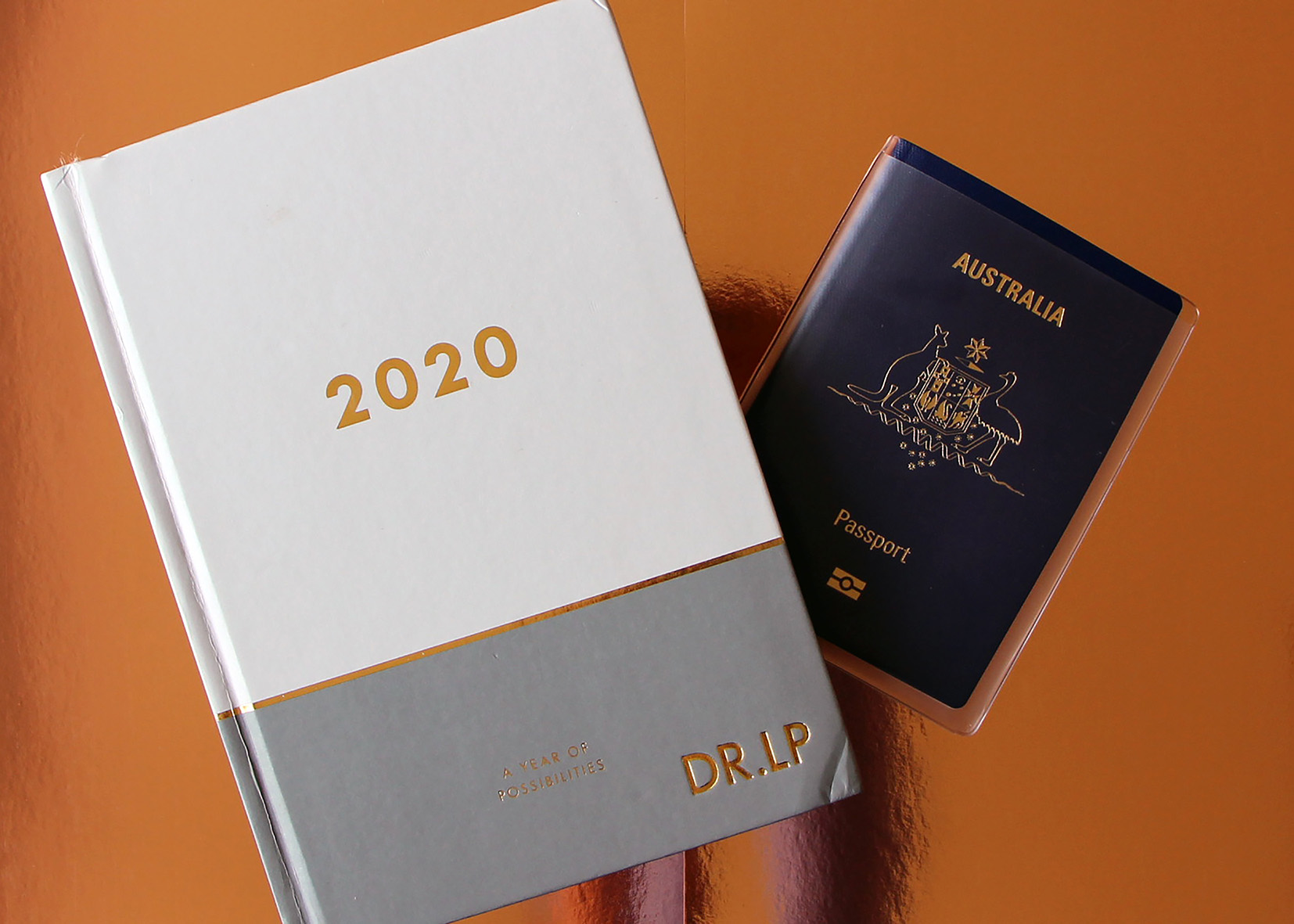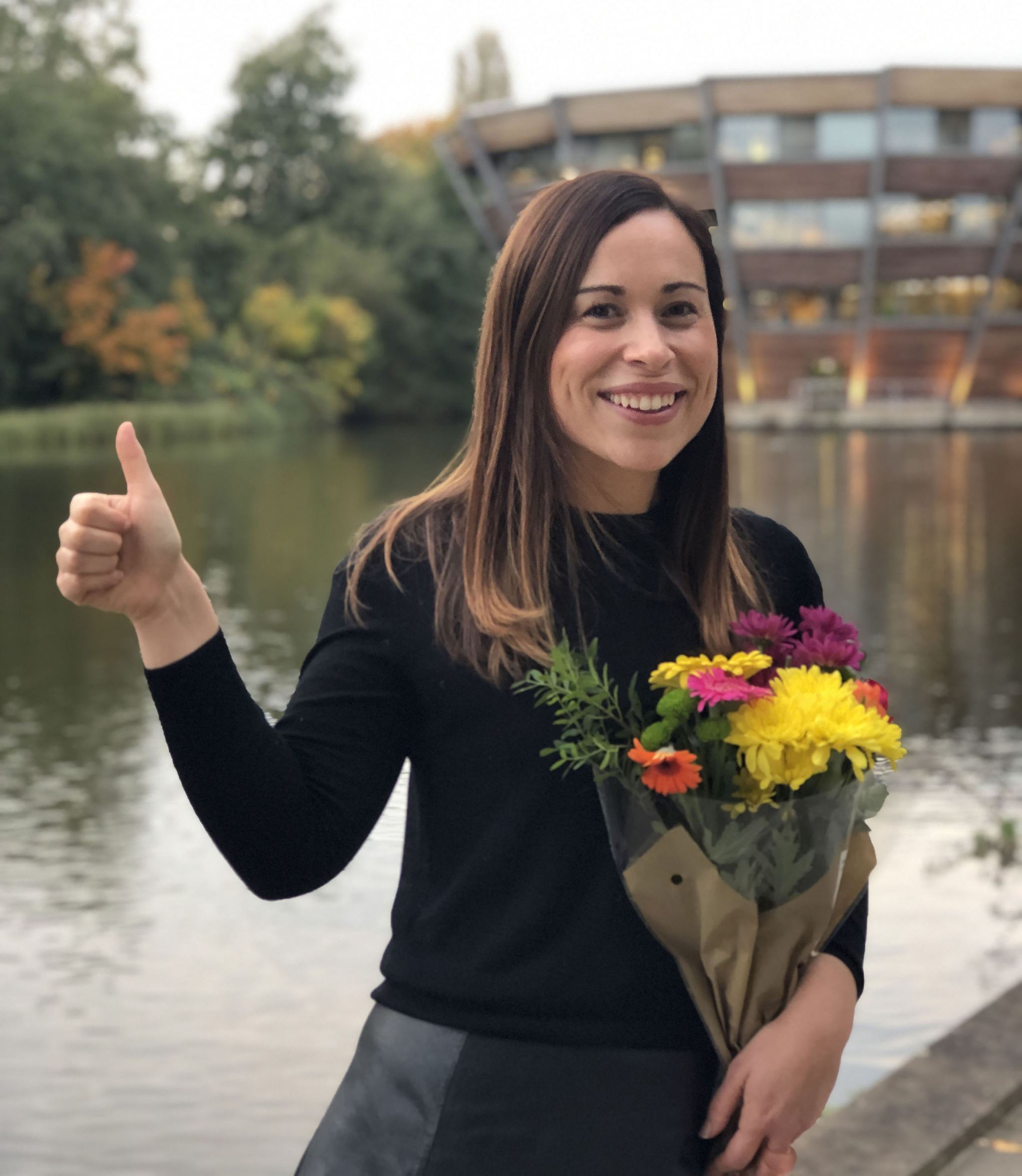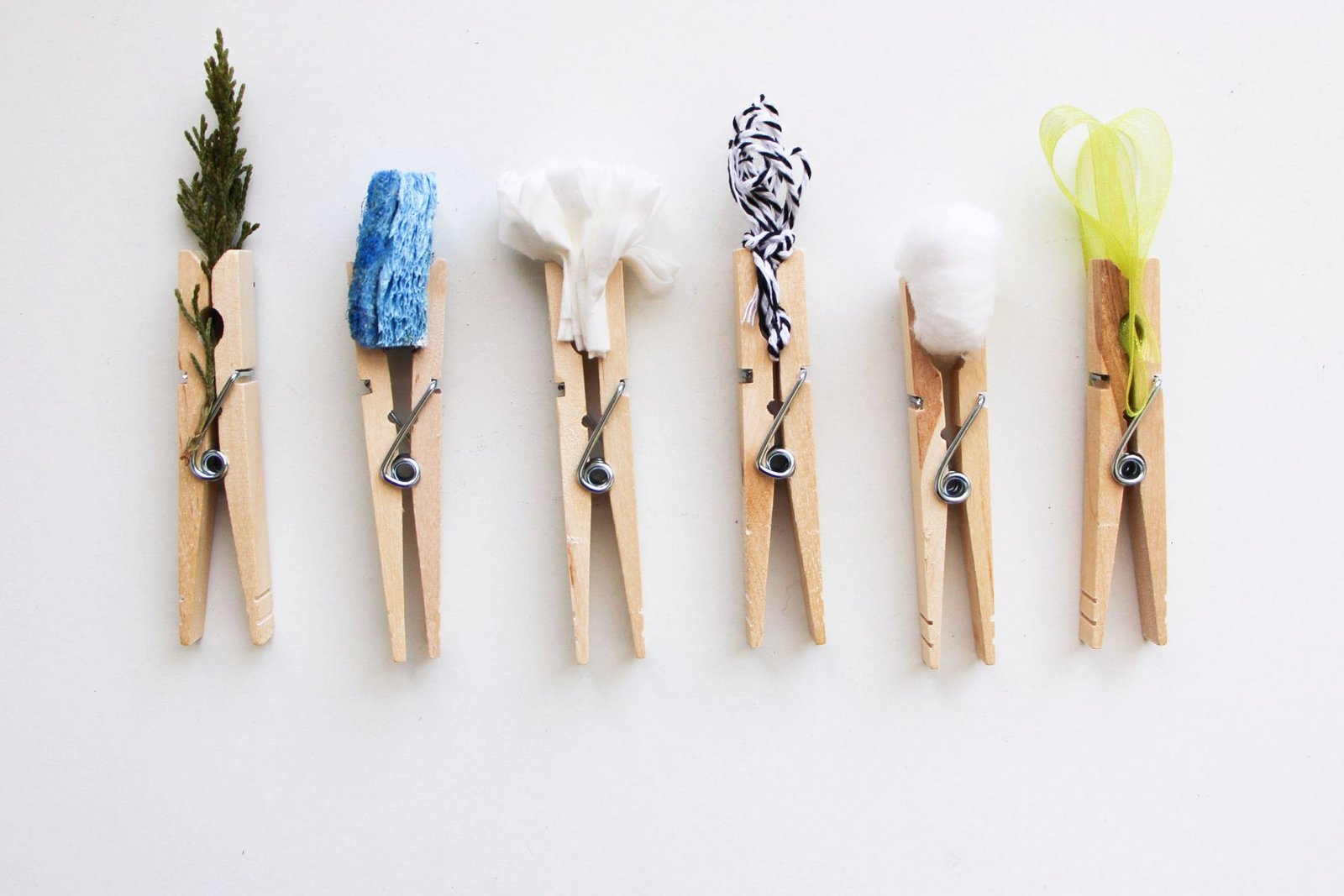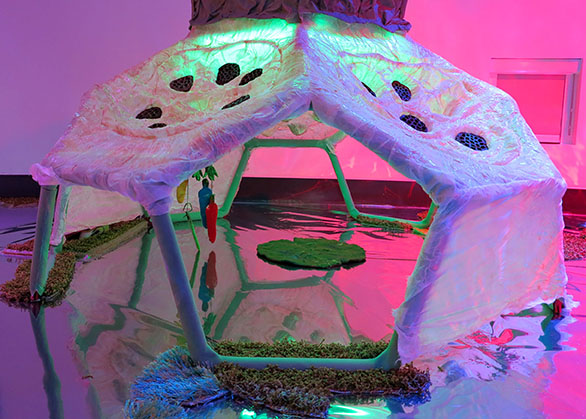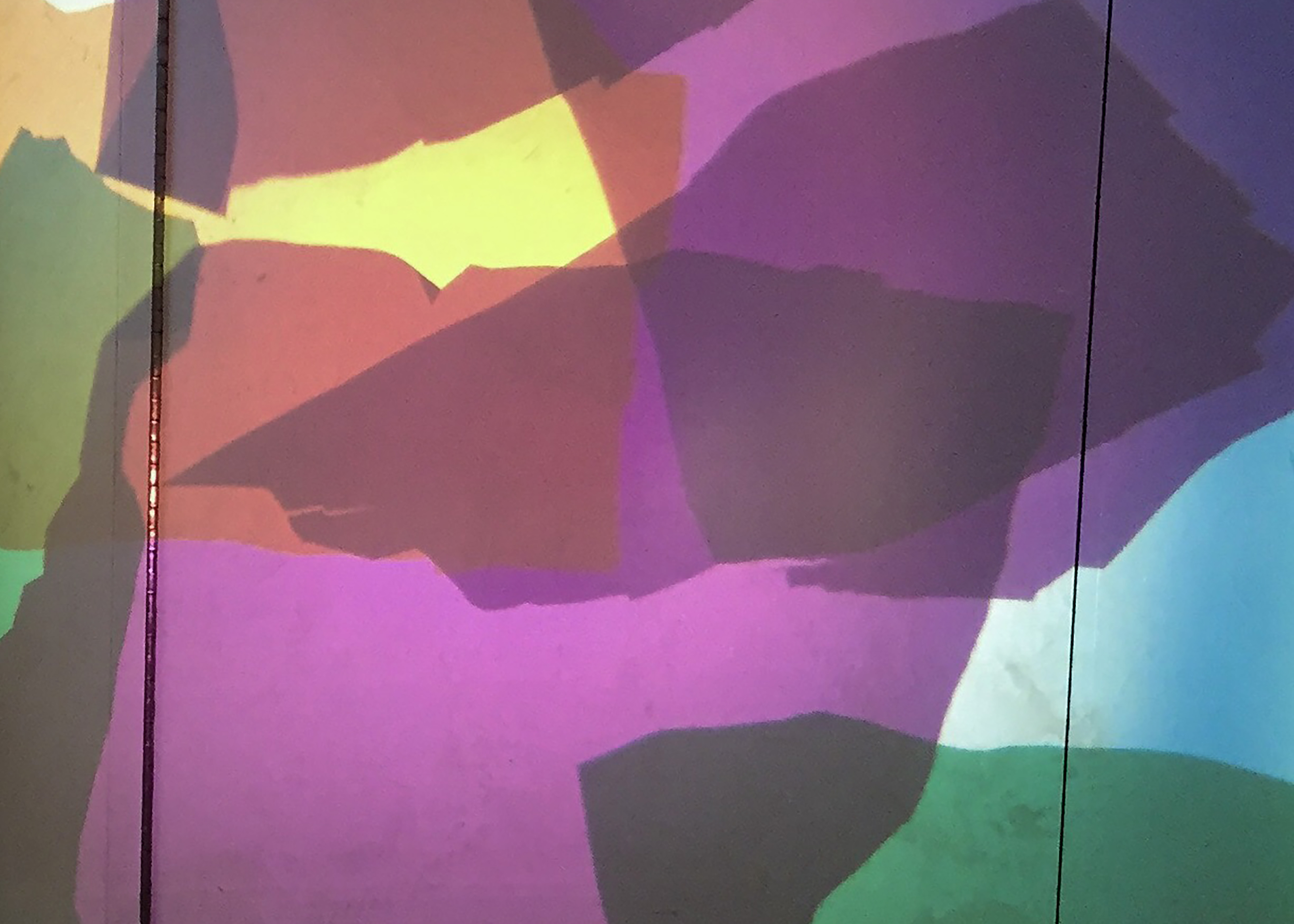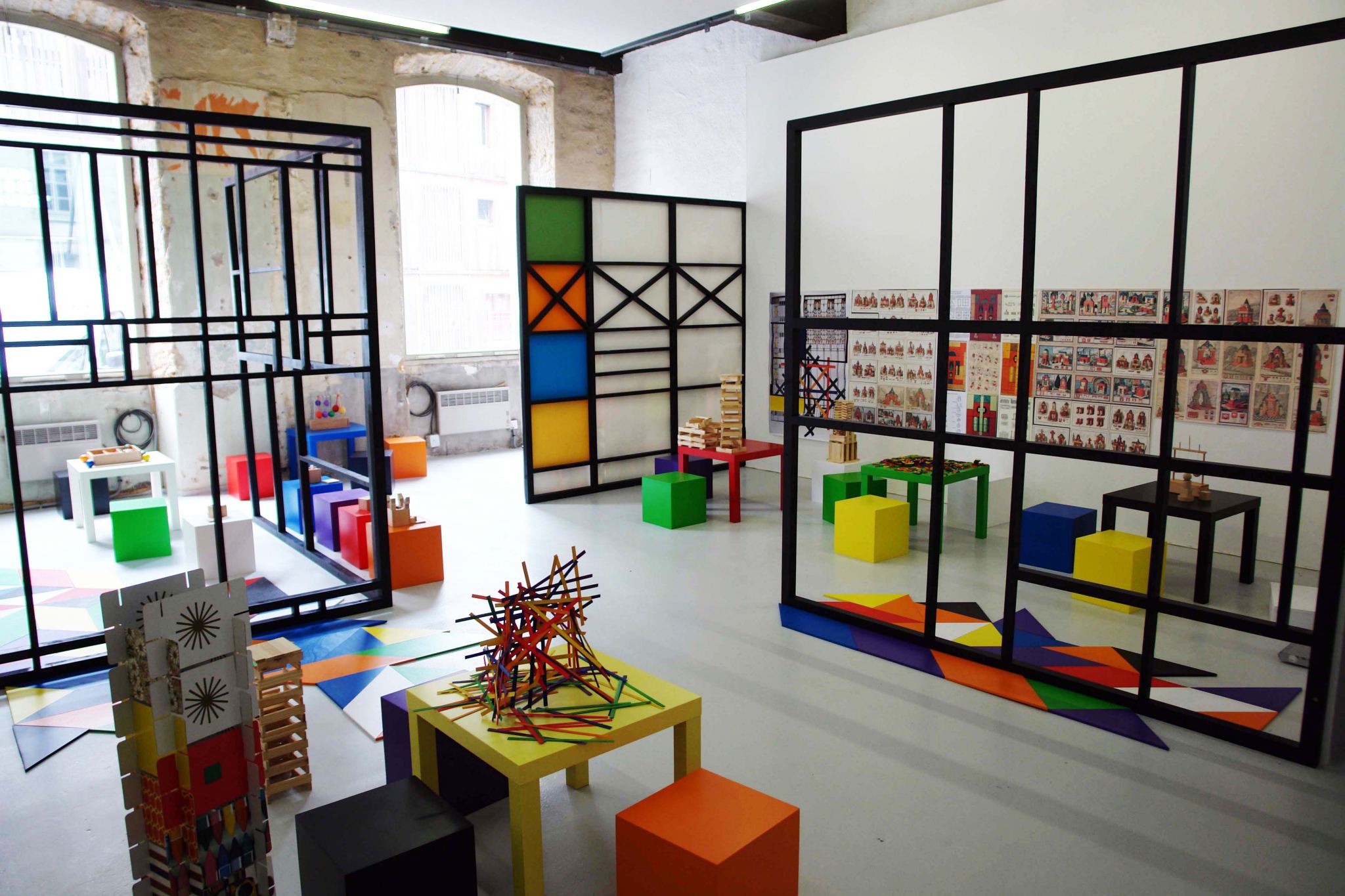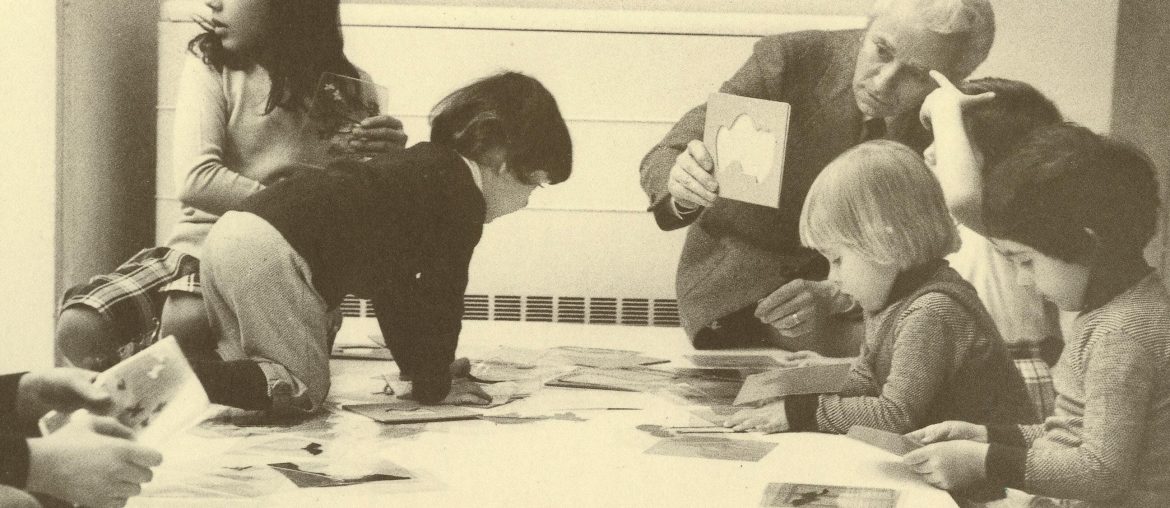Art can play an important part in children’s learning. This post shares five key reasons why. “Every child has the right to relax, play and take part in a wide range of cultural and artistic activities.” Article 31, United Nations Convention on the Rights of the Child Many education theorists have argued that art has a central role in children’s learning and development. For example, John Dewey – the founder of American progressive education – argued for the need to integrate art into people’s everyday experiences. Eillot Eisner then talked about the criticality of art in public school curriculum and Maxine Greene wrote about its significance in allowing people to imagine the world from multiple perspectives. All of these amazing thinkers built their arguments on the same issue: that art has been marginalised from school curriculum in place of syllabus focused on maths, English, science and technology. A recent example of this can…
New year, new job, new continent
Happy new year Art Play Children Learning followers! I hope you have all had a wonderful break. 2020 is well underway for all of us and if you are like me, you will have lots of hopes and ambitions for the year ahead. Sometimes these can be exciting and sometimes these can make one feel overwhelmed. My attitude is to always try to do my best to keep one foot moving in front of the other, even if they are just little steps and always stay open to the unexpected things that happen along the way. I have some exciting news to share with you all! I am starting a new job this year. I will be working at Harvard University as a Post-Doctoral Fellow in Early Childhood Education. I am really excited about it and will be moving to Boston next week to get started. I have never lived…
The Leap then Look podcast
Artists Lucy Cran and Bill Leslie, otherwise known as the creative duo ‘Leap Then Look,’ have spent the last year putting together participatory art projects across some of London’s most renowned art and education institutions including the Royal Academy of Art, Tate and the Thomas Tallis School. Above: Artists Lucy Cran and Bill Leslie, the creative duo who form ‘Leap and Look.’ Image credit: Alun Callender Their work is underpinned by the philosophy that contemporary art practice should and can be made available to everyone and that people of all ages can greatly benefit from playful ways of making, thinking and looking. With funding from a-n The Artists Information Company, Lucy and Bill have recently put together the ‘Leap and Look’ podcast series featuring interviews with artists working at the intersection of art and education. It features interviews with contemporary artists Natalie Zervou-Kerruish, Pester & Rossi as well as Annis Joslin &…
Finishing my PhD!
Two weeks ago I finished my PhD! I have spent the past 4 four years doing my PhD full-time. Day after day. Week after week. Slogging it out on a quest to create new knowledge that advances society. This experience has been exhausting, exciting, intellectually arduous and of course, deeply fulfilling. I mark the completion of the PhD as the moment I passed the viva, which is a final oral examination you do in the United Kingdom at the end of the program. The viva basically involves two academics, who are specialists in your field, reading your thesis and grilling you on it. My viva was tough. It went for two hours. I was asked very difficult questions that I somehow waded my way through. But I made it! And at the end was told I did not need to make any further corrections to the thesis, which is rare…
Make your own paintbrushes
Have you ever tried creating your own art tools? It is a fun art activity to do. Many artists including Gerhard Richter, Jackson Pollock and Willem de Kooning are famous for making their own tools for painting! This post shares how you, and your kids, can make your own paintbrushes using pegs and other items from around the house. This activity is great as it allows kids to experiment with different designs, surfaces and textures so there are lots of opportunities for creativity and problem-solving. Age range: 18 months + Preparation time: 10 minutes What you need Large clothespins/pegsScissorsPaint (homemade edible paint is a great option for babies and toddlers)PaperHousehold materials such as cotton pads, dishcloth, paper towel, tissue paper, bubblewrap, aluminum foil, leaves, ribbons, string, feathers, flowers and pom-poms. Making your DIY paintbrushes Step One: Collect your household materials and cut them into small enough pieces so they can…
The magic of materials in children’s theatre design
This post looks at the magic of materials in children’s theatre design. I interview scenographer and researcher Roma Patel whose theatre installation, The Enchanted Forest was recently presented as part of the Techtopia festival at Polka Theatre (London, UK) and at the Theatre Hullaballoo (Darlington, UK). The installation embedded a myriad of interactive digital technologies into its set design. In this interview, Roma discusses some of the key ideas behind The Enchanted Forest, including the importance of children’s sensory-rich experiences in the performing arts. “Any sufficiently advanced technology is indistinguishable from magic.” Arthur C. Clarke Louisa Penfold: Thank you so much for taking the time to talk about your work. What are some of the key ideas that influenced the design of The Enchanted Forest? Roma Patel: There were a few key things I was thinking about when designing The Enchanted Forest installation. I wanted to create something that would encourage a…
How to arrange materials to support children’s learning
Children’s play with sensory-rich, loose part materials can be an important part in creative learning. How these materials are spatially arranged may also dramatically influence how a child takes up and explores them. Below are three practical tips for arranging materials to support children’s imagination and curiosity. I have put these together based on my own experience working as an artist and educator with young children. It would be great to hear what others find useful when laying out materials for children so please comment below! Layout materials to encourage social interactions Vygotsky talks about the importance of social interactions in facilitating learning amongst groups of people (Vygotsky, 1980). As a child’s peers, teacher or parents may have more advanced understandings or abilities in relation to a particular skill, concept or task, a child’s interactions with them may allow for new knowledge to be produced. Social interactions between groups of people may…
Eamon O’Kane’s Fröbel-inspired installations
Frederich Fröbel’s founded the first kindergarten in 1700s Germany. Since this time, his work on education has influenced many people including a myriad of teachers, artists and architects. In this blog post, Eamon O’Kane – an Irish-born, Norway-based visual artist and Professor at Bergen University – talks about how different early childhood educators, including Fröbel, have inspired his art practice. Eamon O’Kane’s installation ‘Frobel’s Studio.’ Image credit: Eamon O’Kane “We don’t stop playing because we grow old; we grow old because we stop playing.” George Bernard Shaw “In every real man, a child is hidden that wants to play.” Friedrich Nietzsche Can you talk a little bit about your background as an artist, an educator and now academic? I have been working as an artist for over 20 years. For the past 19 years, I have also worked full-time in universities in Ireland, England and more recently in Bergen, Norway.…
How to use questions to support creativity
This is the third post in a series on techniques for facilitating children’s learning with and through art in museums.



